Living Data
Animating Change: Exhibition
| Exhibition |
Forum |
Dance |
Interviews |
Impacts |
Stories, hypotheses, data and iconography are combined to make sense of climate change.
An Ultimo Science Festivalevent at The Muse, Ultimo TAFE, Sydney, 16 - 26 August 2012
Project leader: Lisa Roberts Exhibition curators: Christine McMillanand Lisa Roberts
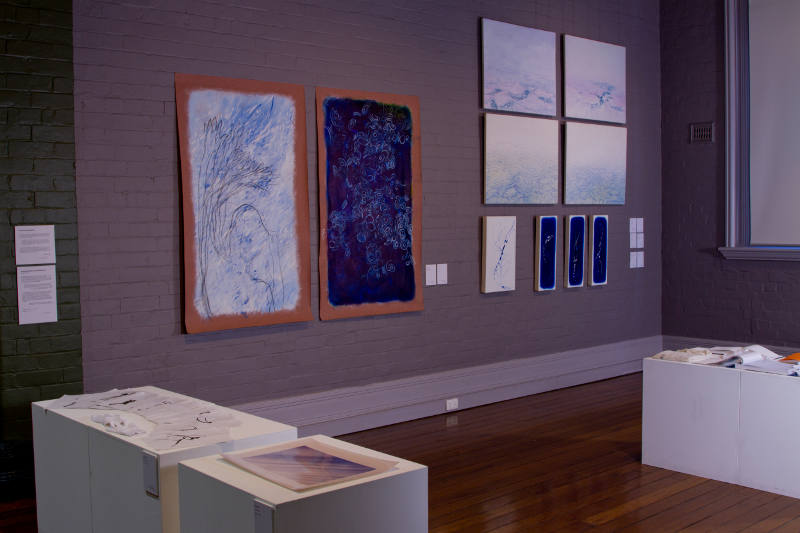
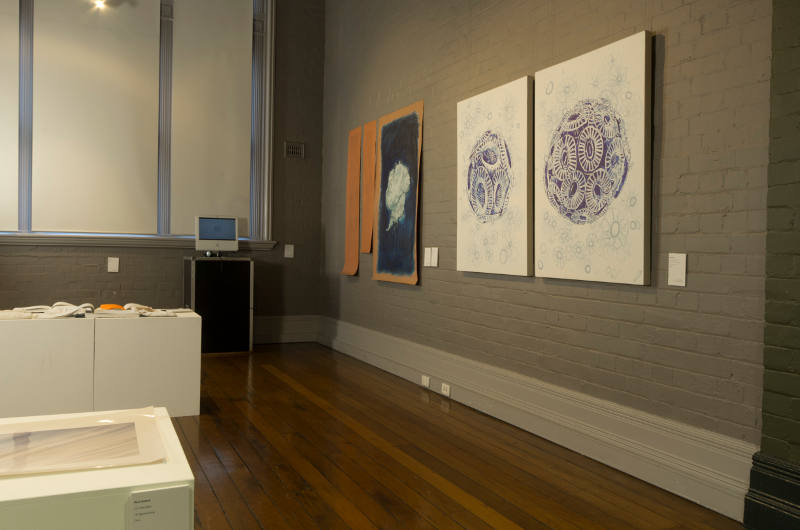
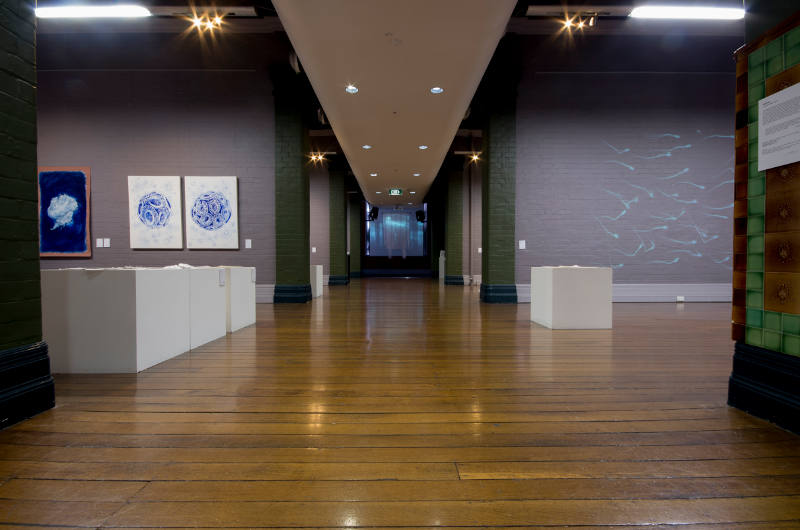
Antarctic perceptions. Lisa Roberts 2007-2012
Photographs of skies by Paul Sutton are placed on plinths throughout the space. You can approach them as objects or as windows into another reality. Or you may see them as mirrors that reflect what is hidden by roof and ceiling. As one who spent a lot of time indoors (attending to the exhibition) this way of seeing the photographs satisfied a desire to make visibile what was known but mostly unseen.
As Sutton observes (2011)
The theory of 'equivalence' invests a photograph with an ability to express more than its literal representation, in doing so the viewer's subjective experience is paramount [and] feeling states that are evoked within a viewer's internal world via his or her interaction with a photograph. How such experiences [of invisibility] are encountered is thus determined by the viewer's personal background and approach to the photograph, by the social context in which the image is seen, and, to some extent, by the visible elements of the photograph itself.
Philosopher Martin Heidegger and dance therapist Denis Kelyanak suggest that feelings of connection are embodied as art works, and that observing these works can engage us in the creative process.
The film Being in the world (2009) by Tao Rusoli explains key ideas by Heidegger (1889-1976). In the film, the art making process is identified as when 'our bodies become attuned to the world' beyond our selves through 'a sensitivity to what the real material [in the world] requires [the artist] to bring out... that nobody else has seen'. A link is made between creativity and happiness, where 'Happiness tunes you into features of the world you weren't paying attention to'. This idea relates to the pleasure to be found in the dance improvisation practice of the Harmonic Human Movement Choir (Laban in Maletic, 1987, p.157). Here dancers move as a united body, while at the same time sharpening their sense of themselves as individuals. Denis Kelynack explains a score for a Movement Choir that he used in his practice as a psychotherapist, that ends with each participant identifying themselves as a unique non-human animal. He asks, 'What pleasure did you experience in the dance? What patterns in your life can you recognize in the patterns you found in the creature? Can you draw it?' (Kelynack, 2008) Engagement in art making and with art works that are motivated by the pleasure of being in the world as uniquely our seles may expand perceptions.
If Sutton's camera is a tool for engagement with the world and he identifies this reality in his images, it makes sense that we find pleasure in them.
References:
Kelynack, Denis, 2008. Human Movement Choir. Telephone conversation with Lisa Roberts, 6 December 2007
Maletic, V, 1987. Body, Space, Expression: The Development of Rudolf Laban's Movement and Dance Concepts Mouton. On-line text available from: http://books.google.com.au/books?q=Maletic&btnG=Search+Books [accessed 7 October 2009]
Rusoli, Tao, 2009. Being in the world Available online at http://blog.taoruspoli.com/2012/02/being-in-world-now-available-for.html [accessed 2 September 2012]
Sutton, Paul, 2011. Approaching invisibility : experiencing the photographs and writings of Minor White
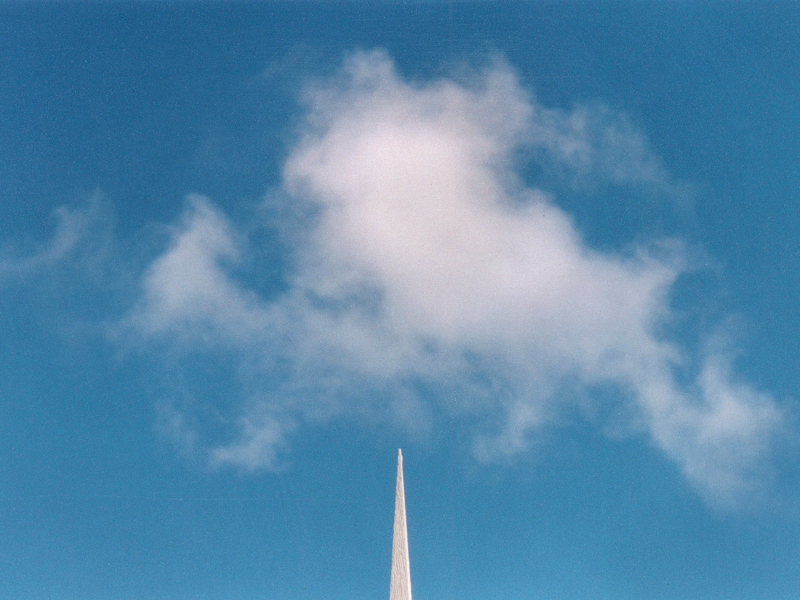
Paul Sutton. Identifier
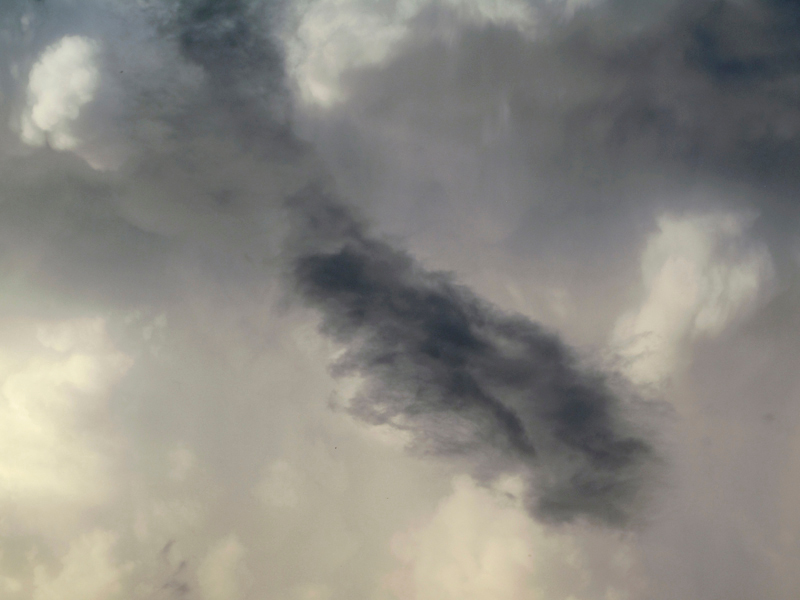
Paul Sutton. Approaching
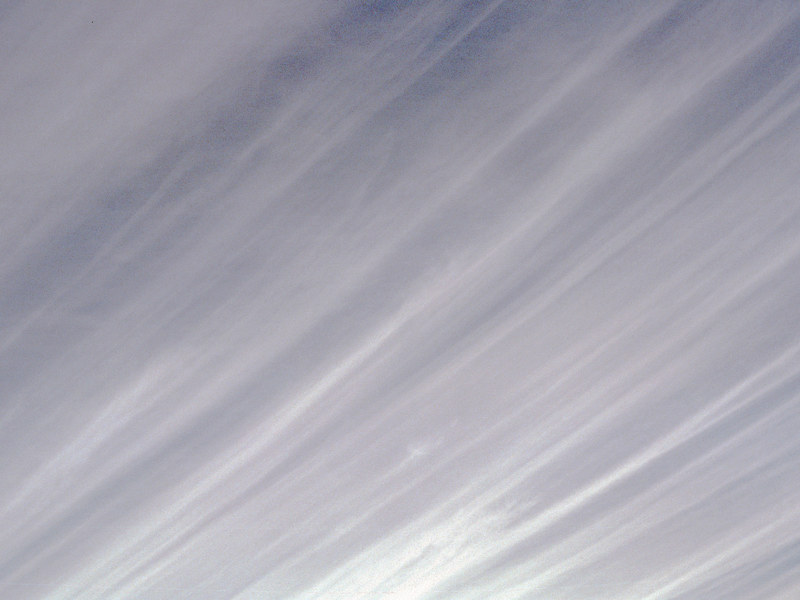
Paul Sutton. Cirrus
It is good to know that my photographs are a source of pleasure.
It should be made clear that the theory of 'equivalence' is not my invention. It belongs to Alfred Stieglitz and was utilised by many photographers, such as Minor White, last century.
What you write about the art making process, from the perspective of 'Being in the World' (2009), certainly resonates with Stieglitz's and White's approach to photography. Though they would also say that their spirit or Self is 'attuned to the world'.
I have often thought that my cloud photographs would work well in rooms without windows. If anyone inhabits such a room and is interested in sharing it with one of these images please let me know.
Presentations INDEX / COMMENTS











